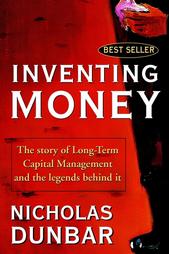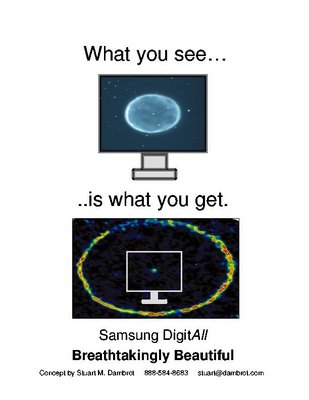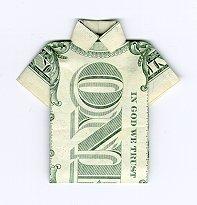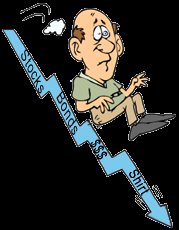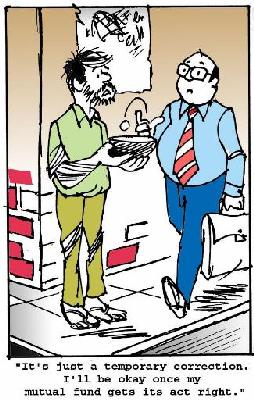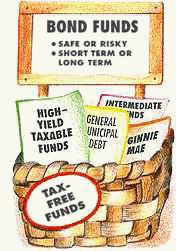 People often say: “Low risk, low return; high risk, high return.” Is it a truth? Let’s us examine it through an example of the investments made shown below.
People often say: “Low risk, low return; high risk, high return.” Is it a truth? Let’s us examine it through an example of the investments made shown below.Fund CAT is the best performer in Malaysian Unit Trust (Mutual Fund) industry for the period of more than 5 years as per 23rd June 2006. In the stable of around 400 funds to choose from, whether it is equity fund, bond fund, mixed fund, money market fund and so forth, it is the fund that gives the best return to its unit holders.
Fund CAT performance from 25th June 2001 to 23rd June 2006 is 113.04% which translated into 16.33% Compounded Annual Growth Rate (CAGR). One should notice that 2001/02 was the most bargain market since 1999. When count from an inception date of Fund CAT, which is in 1999, the fund performance is 90.5%, which translated into 9.67% CAGR.
How about placing all investment in a single stock? Is it really a high risk investment? Take an example of RLQ. RLQ is a resource-based company and its core activities are in 3 categories, namely Marine Products Manufacturing (MPM), Crude Palm Oil Milling (CPOM) and Integrated Livestock Farming.
 In the same period, RLQ generates a return of 119.27%, which is 17% CAGR. Bear in mind that RLQ is not the best performer of the market. Furthermore, since RLQ main businesses are in resource-based industry, any negative happenings would have impact to its performance. In the period mentioned, RLQ experienced few incidences such as high price of raw materials such as soy bean meal and corn meal, 2 bird flu threats and tsunami which have a huge negative impact to its underlying businesses. Nevertheless, it gives a better performance compared to Fund CAT which adapts a diversification policy.
In the same period, RLQ generates a return of 119.27%, which is 17% CAGR. Bear in mind that RLQ is not the best performer of the market. Furthermore, since RLQ main businesses are in resource-based industry, any negative happenings would have impact to its performance. In the period mentioned, RLQ experienced few incidences such as high price of raw materials such as soy bean meal and corn meal, 2 bird flu threats and tsunami which have a huge negative impact to its underlying businesses. Nevertheless, it gives a better performance compared to Fund CAT which adapts a diversification policy.While at a glance, Fund CAT is a more low risk investment made since its investments are well diversified into various sectors, money market and cash. At the same time, investment made on RLQ seems pose a high risk to its investors since RLQ businesses are in resource based industry, meaning that any negative happenings in the industry would cause negative impact to RLQ bottom line and ultimately to its investors. Nevertheless, anyone who chooses either Fund CAT or RLQ as his investment would reap similar return to his nest egg. One should always remember that investment made through rear mirror would not guarantee his investment success. When an investment result is most of the time relied on capability of the investment manager, it is worthwhile to aware any changes in fund’s investment team members. They are the one who decide the investment result of yours.
Note: As we are investors with long term perspective, any investment with less than 5 years is meaningless. Thus, we only use investments with minimum 5 years period for comparison. Remember, investment is a marathon, not a 100 meter race.
